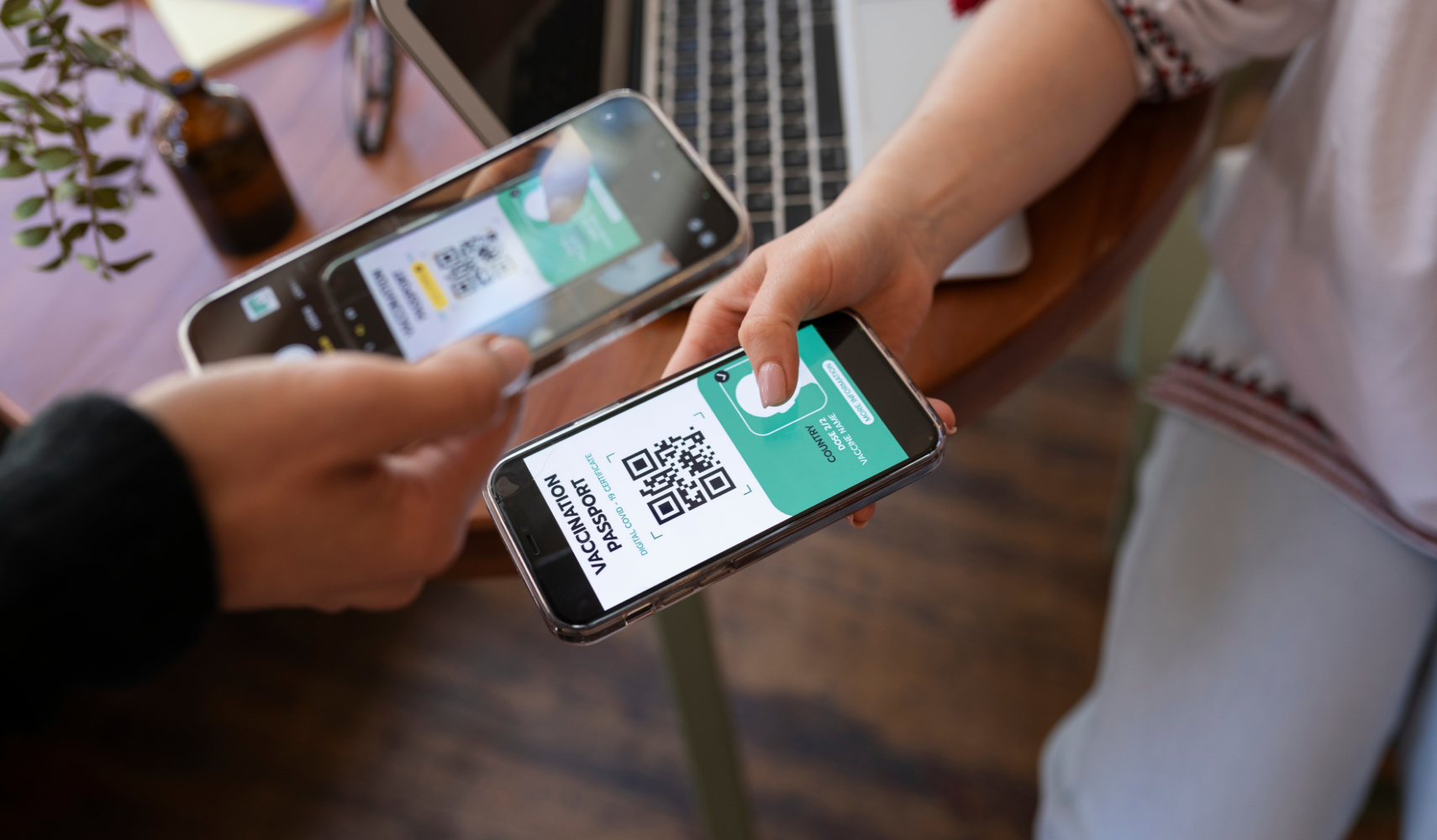
eSIM vs. Physical SIM: Which Is Better
- For decades, the tiny, removable plastic SIM card has been the key to our mobile lives. But now, its digital counterpart, the eSIM, is becoming the new standard. If you're wondering whether to embrace the future or stick with tradition, you're in the right place. This guide breaks down the battle of eSIM vs. physical SIM to help you decide which is truly better for your needs.
Round 1: Convenience and Flexibility
This is where the eSIM shines. An eSIM (Embedded SIM) is built directly into your device's hardware. This means you can download a cellular plan and activate it instantly by scanning a QR code.
eSIM: You can switch carriers in minutes, store multiple plans at once (e.g., a work line and a personal line), and easily add a local data plan when traveling internationally—all without hunting for a tiny ejector tool.
Physical SIM: The process is manual. You need to get a new plastic card from a store or wait for it to be mailed. However, swapping your SIM into a new or backup phone is incredibly simple—a lifesaver if your primary device breaks.
Round 2: Accessibility and Compatibility
Universal compatibility has long been the physical SIM's greatest strength.
Physical SIM: Virtually every phone in the world has a SIM tray, making it the universally accepted standard. No matter where you are, you can likely find a carrier that will sell you a physical SIM card.
eSIM: While most new flagship phones from Apple, Google, and Samsung are eSIM-compatible, many budget or older models are not. Furthermore, not all mobile carriers globally offer eSIM plans yet, which can limit your options, especially in developing markets.
Round 3: Security
The digital nature of the eSIM gives it a clear security advantage against physical theft.
eSIM: Because the SIM is embedded in the phone, it cannot be physically removed and put into another device if your phone is stolen. This makes it harder for thieves to take control of your phone number to intercept two-factor authentication codes.
Physical SIM: If your phone is stolen, the SIM card can be easily removed and used by the thief. Both SIM types, however, are still vulnerable to remote "SIM-swapping" attacks, where a scammer tricks your carrier into transferring your number to a SIM they control.
"The shift from physical to digital isn't just about convenience; it's about creating a more flexible and secure way to connect."
The Verdict: Which Is Better for YOU?
There's no single winner for everyone. The right choice depends on your priorities:
Choose an eSIM if:
• You are a frequent international traveler.
• You want to manage personal and work lines on one phone.
• You value digital convenience and enhanced security.
• You own a modern, compatible smartphone.
Stick with a Physical SIM if:
• You frequently switch your SIM between multiple devices.
• Your current phone doesn't support eSIM.
• You prefer the simplicity and familiarity of a physical card.
• Your preferred mobile carrier doesn't offer eSIM plans.
The Future is Digital
While physical SIMs aren't disappearing overnight, the industry is clearly moving towards an eSIM-first world. Major manufacturers are already releasing eSIM-only phones in some regions. For now, many devices offer the best of both worlds: a physical SIM slot alongside eSIM capability, giving users maximum flexibility.




